
漢德百科全書 | 汉德百科全书
 美国
美国

San José [ˌsænhoʊˈzeɪ] (amerikanisiert zu San Jose) ist eine Stadt in Kalifornien mit dem Sitz der County-Verwaltung des Santa Clara County. Die Stadt hatte laut der letzten Volkszählung im Jahr 2010 952.555 Einwohner (Schätzung 2016: rund 1.000.000, U.S. Census Bureau). Sie liegt am Südende der San Francisco Bay innerhalb der informellen Grenzen des Silicon Valley.
Der Name San José entspricht der spanischen Schreibweise aus der Gründungszeit der Stadt. Namen mit nationalen Sonderzeichen werden in den USA üblicherweise nicht genutzt, deshalb ist der Name San Jose in der englischen Sprache zu nutzen. Auf der offiziellen Website der Stadt wird jedoch der spanische Name genutzt.
Die Stadt ist Sitz der San José State University und Sitz des Bistums San Jose in California.
圣何塞(San José;/ˌsæn hoʊˈzeɪ/),或译圣荷西、旧译山河城或山河市,是美国加州旧金山湾区的一个城市。位于旧金山湾区南部、圣克拉拉县和硅谷境内,是在人口上加州的第三大城,仅次于洛杉矶和圣迭戈,并且在2005年超越底特律市成为美国的第十大城;圣何塞也是圣克拉拉县的首府。
圣何塞在1777年建立时为西班牙属墨西哥新加利福尼亚(后来的上加利福尼亚)的第一个城镇,是一个为了提供附近军事设施食物而设的农业镇。在1850年正式立市时也是加州加入美国联邦后的第一个成立的城市,也是加州的第一个首府。在第二次世界大战结束后为了安置许多的退伍军人和他们的家庭,以及应付1950年代和1960年代的人口扩张和急速经济成长,在做为一个农业城镇150年后,圣何塞渐渐成为旧金山和后来1970年代硅谷的一个住房社区。随着高科技公司在1980年代和1990年代创立于或移入圣何塞,圣何塞也逐渐成为硅谷的商业和研发中心,也开始有了硅谷首都(Capital of Silicon Valley)这个别名。
サンノゼ(スペイン語: San José、英語: San Jose)は、アメリカ合衆国カリフォルニア州にある都市。
San Joséはスペイン語で「聖ヨセフ」を意味する。スペイン語本来の発音は[ˈsãŋxo.ˈse](サンホセ)だが、英語での発音は転訛して[ˌsænəˈzeɪ](サノゼー)、[ˌsænoʊˈzeɪ](サノーゼー)、[ˌsænhoʊˈzeɪ](サンホーゼー)となり[2]、アメリカ英語では[ˌsænhoʊˈzeɪ](サンホーゼー)となる。サンノゼ市の発行する日本語のパンフレットには「サンホセ」と表記されている。中国語表記は「聖荷西」。
半導体・コンピュータ関連の産業が集積するシリコンバレーの中心都市で、「Capital of Silicon Valley(シリコンバレーの首都)」を名乗る。他の大都市に比べて所得水準が高く、アメリカ国内の人口25万人以上の都市を対象とした全米安全度調査の第1位である。
San Jose[A] (/ˌsæn hoʊˈzeɪ, -ˈseɪ/; Spanish for 'Saint Joseph'; Spanish: [saŋ xoˈse]),[13] officially the City of San José,[B] is an economic, cultural and political center of Silicon Valley and the largest city in Northern California. With an estimated 2017 population of 1,035,317, it is the third most populous city in California (after Los Angeles and San Diego) and the tenth most populous in United States.[14] Located in the center of the Santa Clara Valley, on the southern shore of San Francisco Bay, San Jose covers an area of 179.97 square miles (466.1 km2). San Jose is the county seat of Santa Clara County, the most affluent county in California and one of the most affluent counties in the United States.[15][16][17][18] San Jose is the largest city in both the San Francisco Bay Area and the San Jose-San Francisco-Oakland Combined Statistical Area, which contain 7.7 million and 8.7 million people respectively.[19][20][21]
San Jose is a global city,[22] notable as a center of innovation, for its affluence,[23][24][25] weather, and high cost of living.[26] San Jose's location within the booming high tech industry, as a cultural, political, and economic center has earned the city the nickname "Capital of Silicon Valley". San Jose is one of the wealthiest major cities in the United States and the world, and has the third highest GDP per capita in the world (after Zürich, Switzerland and Oslo, Norway), according to the Brookings Institution.[27] The San Jose Metropolitan Area has the most millionaires and the most billionaires in the United States per capita.[28] With a median home price of $1,085,000,[29] San Jose has the most expensive housing market in the country and the fifth most expensive housing market in the world, according to the 2017 Demographia International Housing Affordability Survey.[30][31][32][33] Major global tech companies including Cisco Systems, eBay, Cadence Design Systems, Adobe Systems, PayPal, Brocade, Samsung, Acer, and Western Digital maintain their headquarters in San Jose, in the center of Silicon Valley.
Before the arrival of the Spanish, the area around San Jose was inhabited by the Tamien nation of the Ohlone indigenous peoples of California. San Jose was founded on 29 November 1777, as the Pueblo de San José de Guadalupe, the first city founded in the Californias.[34] Following the American Conquest of California and its subsequent statehood in 1850, San Jose became the state's first capital.[35] Following World War II, San Jose experienced an economic boom, with a rapid population growth and aggressive annexation of nearby cities and communities carried out in the 1950s and 1960s. The rapid growth of the high-technology and electronics industries further accelerated the transition from an agricultural center to an urbanized metropolitan area. Results of the 1990 U.S. Census indicated that San Jose had officially surpassed San Francisco as the most populous city in Northern California.[36] By the 1990s, San Jose and the rest of Silicon Valley had become the global center for the high tech and internet industries, making it California's fastest-growing economy.[37]
San José2 ou San Jose (en anglais [ˌsænhoʊˈzeɪ]) est une ville de la côte ouest des États-Unis, située à l'extrémité sud de la baie de San Francisco, dans l'État de Californie. Elle est la troisième plus grande ville de Californie et le siège du comté de Santa Clara. C'est la plus grande ville de la région de la baie de San Francisco et la « capitale de la Silicon Valley ». On estimait sa population à 945 942 habitants au 1er janvier 20103, ce qui en fait la dixième plus grande ville du pays.
San Jose[1] (dallo spagnolo che significa "San Giuseppe"), ufficialmente City of San José,[2] è il centro economico, culturale e politico della Silicon Valley ed è la più grande città della Northern California. Con una popolazione stimata nel 2017 di 1.035.317 abitanti, è la terza città più popolosa della California (dopo Los Angeles e San Diego) e la decima più popolosa degli Stati Uniti.[3] Situata nel centro della Santa Clara Valley, sulla sponda meridionale della baia di San Francisco, San Jose copre un'area di 179,97 miglia quadrate (466,1 km²). San Jose è il capoluogo della contea di Santa Clara, la contea più ricca della California e una delle contee più ricche degli Stati Uniti.[4][5][6][7] San Jose è la città più grande della San Francisco Bay Area e dell'area statistica combinata di San Jose-San Francisco-Oakland, che hanno una popolazione rispettivamente di 7,7 milioni e 8,7 milioni di abitanti.[8][9][10]
Prima dell'arrivo degli spagnoli, l'area intorno a San Jose era abitata dalla tribù degli Ohlone. San Jose è stata fondata il 29 novembre 1777, come Pueblo de San José de Guadalupe, la prima città fondata nelle Californie.[11] Seguendo la conquista della California da parte degli Stati Uniti e la sua susseguente sovranità nel 1850, San Jose divenne la prima capitale dello stato.[12] Dopo la seconda guerra mondiale, San Jose ha vissuto un boom economico, con una rapida crescita della popolazione e un'annessione aggressiva delle città e delle comunità vicine realizzate negli anni 1950 e 1960. La rapida crescita delle industrie dell'alta tecnologia e dell'elettronica ha ulteriormente accelerato la transizione da centro agricolo ad area metropolitana urbanizzata. I risultati del censimento del 1990 indicavano che San Jose aveva ufficialmente superato San Francisco come città più popolosa della Northern California.[13] Negli anni 1990, San Jose e il resto della Silicon Valley erano diventati il centro mondiale per l'alta tecnologia e le industrie di internet, diventando così l'economia in più rapida crescita della California.[14]
San Jose è una città globale,[15] notevole come centro di innovazione, per il suo benessere[16][17][18] e l'alto costo della vita.[19] La posizione di San Jose all'interno del fiorente settore dell'alta tecnologia, come centro culturale, politico ed economico ha fatto guadagnare alla città il soprannome di "capitale della Silicon Valley". San Jose è una delle città più ricche degli Stati Uniti e del mondo, e ha il terzo PIL pro capite più alto al mondo (dopo Zurigo, Svizzera e Oslo, Norvegia), secondo il Brookings Institution.[20] L'area metropolitana di San Jose ha il maggior numero di milionari e la maggior parte dei miliardari negli Stati Uniti pro capite.[21] Con il prezzo medio di una casa di $1,085,000,[22] San Jose ha il mercato immobiliare più costoso del paese e il quinto mercato immobiliare più costoso del mondo, secondo il 2017 Demographia International Housing Affordability Survey.[23][24][25][26] Le principali società tecnologiche globali tra cui Cisco Systems, eBay, Hewlett Packard Enterprise, Cadence Design Systems, Adobe Systems, PayPal, Brocade, Samsung, Acer e Western Digital mantengono il loro quartier generale a San Jose, nel centro della Silicon Valley.
San José es una de las ciudades más importantes del estado de California (Estados Unidos) y es la capital del condado de Santa Clara. La ciudad se ubica en el sur de la bahía de San Francisco, dentro de los límites del llamado Valle del Silicio.
En el censo de 2010 tenía una población de 945.942 habitantes,2 siendo la tercera ciudad más grande del estado, después de Los Ángeles y San Diego3 y la décima ciudad por población de los Estados Unidos. San José forma parte del Área metropolitana de San José-Sunnyvale-Santa Clara, la que en el censo de 2010 tenía una población de 1.836.911 habitantes,4 siendo la sexta área metropolitana más grande de California.
San José es la mayor ciudad del área de la Bahía de San Francisco, que tiene unos 7 millones de habitantes en total. Entre las ciudades más importantes del área se encuentran también San Francisco y Oakland.
Según las estadísticas oficiales del FBI, San José es la ciudad de más de 500.000 habitantes más segura de los Estados Unidos. Esta calificación se basa en estadísticas criminales para el año 2004 en seis categorías: homicidios, robos, asaltos con violencia, robos a domicilios y robos de automóviles.5
Сан-Хосе́ (англ. San Jose) — город в Калифорнии, по численности населения третий в штате после Лос-Анджелеса и Сан-Диего и десятый в США. Находится на западе штата Калифорния в северной части штата к югу от Сан-Франциско. Административный центр округа Санта-Клара. Население 1,025 млн человек (2016)[1]. Неофициальная столица Кремниевой долины.
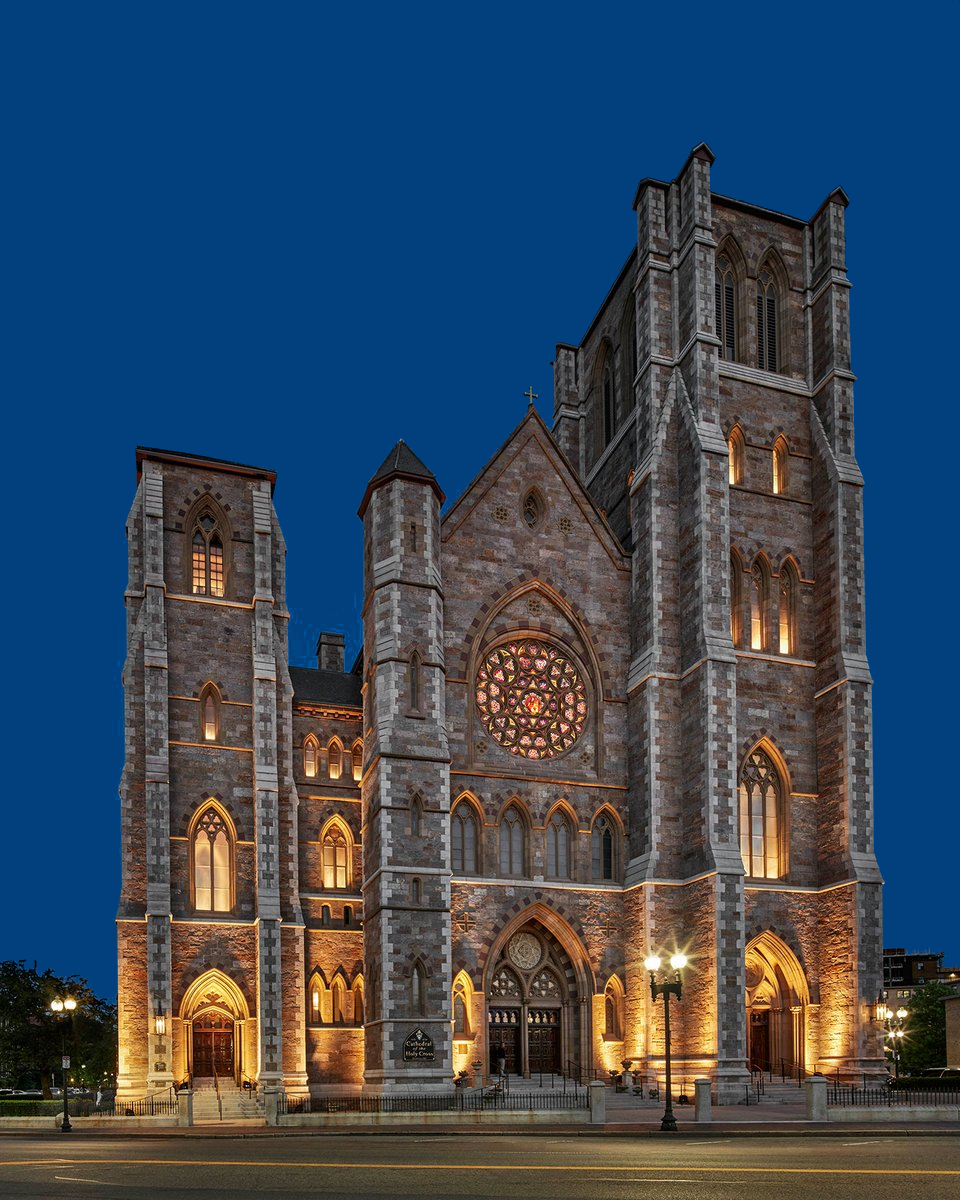
波士顿圣十字主教座堂(Cathedral of the Holy Cross)是美国城市波士顿的一座天主教堂,天主教波士顿总教区的主教座堂,新英格兰最大的教堂[1]。其建筑风格为哥特复兴式,用色彩斑驳的砾岩和灰色石灰岩堆砌而成。规划的西部尖顶尚未完成。其宏伟程度可匹敌老南教堂和三一堂,标志着天主教徒在这个传统上新教徒的城市和州的出现。
圣十字主教座堂位于波士顿南城(South End)。波士顿南城最初由盎格鲁撒克逊新教徒中产阶级开发,但是后来由新移民占据,特别是爱尔兰人,而中产阶级搬迁到新的后湾。
Die Cathedral of the Holy Cross ist die Kathedrale der römisch-katholischen Erzdiözese Boston in Massachusetts. Sie ist eine der größten katholischen Kirchen in Neuengland.
Die Kathedrale befindet sich im South End der Stadt in der Washington Street. Mit dem Bau der Kathedrale wurde 1866 begonnen und sie wurde 1875 eingeweiht.

圣劳伦斯河(英語:Saint Lawrence River,法語:Fleuve Saint-Laurent)是北美洲的河流。位于加拿大和美国境内。起源于安大略湖,流经蒙特利尔(加拿大境内)、魁北克市,在加斯佩地区注入大西洋的圣劳伦斯湾。
圣劳伦斯河从安大略湖口的京士顿开始,直到安大略省的康沃尔(Cornwall)是美国和加拿大的界河。康沃尔以下都在加拿大境内。在蒙特利尔西与渥太华河汇流,途径三河市,到魁北克市骤然开阔,最终在加搏海峡入海。全长3056公里。
圣劳伦斯河水量充沛,水质含泥沙量较少,支流有渥太华河、沙陀格威河、黎塞留河(Rivière Richelieu)和萨贵内河(Rivière Saguenay),佛蒙特州的尚普兰湖也是其分支水系。圣劳伦斯水系同五大湖一起构成了世界上最大的淡水水系。
圣劳伦斯河是五大湖水系到大西洋的通路,具有重要的地位。河流两岸集中了魁北克80%的人口和几乎所有的工业。
セントローレンス川(セントローレンスがわ、英: St. Lawrence River、仏: Fleuve Saint-Laurent)は、北米大陸の五大湖と大西洋を結んでカナダ東部を東北に流れる河川である。水源である五大湖を含めれば世界第2位の水量となる。サンローラン川ともいわれる。
セントローレンス川はオンタリオ湖から始まり、ガナノクエ、ブロックビル、モリスタウン、オグゼンズバーグ、マシーナ、コーンウォール、モントリオール、トロワリヴィエール、ケベック・シティーを通り、世界でも最大級の三角江であるセントローレンス湾へと注ぐ。上流部はカナダのオンタリオ州とアメリカ合衆国のニューヨーク州を隔てる国境を形成し、その後はケベック州内を流れる。ケベック・シティー付近から潮汐がある。
オンタリオ湖の流出部からの長さは1,197kmで、もっとも遠い水源からでは3,058kmになる。五大湖も含む流域面積は1,344,200km×102であり、うち839,200 km×102がカナダ、505,000 km×102がアメリカ合衆国である。流域にはカナダのオンタリオ州とケベック州、アメリカ合衆国のイリノイ州、インディアナ州、ミネソタ州、ニューヨーク州、オハイオ州、ペンシルベニア州、バーモント州、ウィスコンシン州、ミシガン州が含まれる。
途中にはモントリオールの南のセントルイス湖、サラベリ・ド・ヴァレフィルドのセントフランシス湖 (Lake Saint Francis) やモントリオール東のサンピエール湖 (Lac Saint-Pierre) といった湖がある。また、アレクサンドリアベイおよびキングストン付近のサウザンド諸島、モントリオール島などを含むオシュラガ諸島 (Hochelaga Archipelago)、ケベックシティ付近のオルレアン島などの島がある。オンタリオ湖を出たところにあるサウザンドアイランズ地方はセントローレンス諸島国立公園として国立公園に指定されている。
支流にはシャンプレーン湖からのリシュリュー川やオタワ川、サグネ川、サン・フランソワ川 (Saint-François River) などがある。
The Saint Lawrence River (French: Fleuve Saint-Laurent; Tuscarora: Kahnawáʼkye;[3] Mohawk: Kaniatarowanenneh, meaning "big waterway") is a large river in the middle latitudes of North America. The Saint Lawrence River flows in a roughly north-easterly direction, connecting the Great Lakes with the Atlantic Ocean and forming the primary drainage outflow of the Great Lakes Basin. It traverses the Canadian provinces of Quebec and Ontario, and is part of the international boundary between Ontario, Canada, and the U.S. state of New York. This river provides the basis for the commercial Saint Lawrence Seaway.
Le fleuve Saint-Laurent est un fleuve situé au nord-est de l'Amérique du Nord reliant les Grands Lacs à l'océan Atlantique. Il est le seul émissaire du bassin des Grands Lacs. Sur la première partie de son parcours, il marque la frontière entre le Canada et les États-Unis, plus précisément entre la province canadienne de l'Ontario et l'État américain de New York, avant de traverser la province de Québec, pour se jeter dans le golfe du Saint-Laurent, dans l'ouest de l'océan Atlantique. Long de 1 197 km, son estuaire est le plus grand sur Terre avec une largeur de 48 km et une longueur de 370 km. À lui seul, le Saint-Laurent draine environ 25 % des réserves d'eau douce de la planète.
Il San Lorenzo (in inglese Saint Lawrence River, in francese fleuve Saint-Laurent) è un grande fiume nordamericano.
Lungo quasi 1 150 km, la prima parte del suo corso, fino a poco prima di Montréal, delimita la frontiera fra Canada e Stati Uniti; dopo l'attraversamento dei Grandi Laghi, da esso collegati all'Oceano Atlantico, scorre invece in territorio canadese, attraversando le province di Ontario e Québec. Termina in un ampio estuario nell'Oceano Atlantico. La sua portata media è circa 9 volte quella del fiume Po.
El río San Lorenzo (en francés, fleuve Saint-Laurent; en inglés, Saint Lawrence River; en tuscarora, Kahnawáˀkye;2 en mohawk, Kaniatarowanenneh, que significa «gran vía navegable») es uno de los principales ríos de Norteamérica, el colector de los Grandes Lagos que conecta con el océano Atlántico, en el golfo de San Lorenzo. En su primer tramo forma la frontera natural entre Estados Unidos y Canadá, bordeando el oeste de la provincia de Ontario, y luego se adentra en Quebec atravesándolo totalmente. Pertenece al sistema lacustre de Lawrence.
El San Lorenzo es un gran río que discurre por las latitudes medias del continente. Nace en el lago Ontario, junto a Kingston, para luego pasar por las ciudades de Brockville y Cornwall (en la provincia de Ontario); y Montreal, Trois-Rivières y la ciudad de Quebec (en la de Quebec). Desemboca en el Atlántico después de atravesar el homónimo estuario de San Lorenzo, el estuario más grande del mundo, tras un recorrido de más de 3000 km (3058 km, siendo el 2º río más largo de Canadá y uno de los 25 ríos más largos del mundo). Si se hace caso omiso de sus fuentes en los Grandes Lagos, el río San Lorenzo, desde la salida del lago Ontario, tiene una longitud de 1197 km. Su respaldera más lejana es la del río North,3
- Río Saint Louis4 en el lago Seven Beaver, en la cordillera Mesabi en Hibbing, Minnesota, la fuente más lejana del lago Superior.
El río forma parte del sistema fluvial del San Lorenzo, que estaría formado por la siguiente sucesión de ríos y lagos: río North – río Saint Louis – lago Superior – río St. Marys – lago Hurón – río Sainte-Claire – lago Sainte-Claire – río Detroit – lago Erie – río Niagara – lago Ontario- río San Lorenzo – estuario de San Lorenzo). El río forma parte también de la vía navegable de los Grandes Lagos.
Su cuenca hidrográfica —una buena parte del continente norteamericano, que incluye toda la región de los Grandes Lagos, el mayor sistema de lagos de agua dulce del mundo y que supone casi el 25 % de las reservas mundiales totales de agua dulce— drena un área de 1 344 200 km², de los que 839 200 km² se encuentran en Canadá y 505 000 km² en Estados Unidos. La cuenca comprende parte de las provincias canadiense de Ontario y Quebec y de los estados de Illinois, Indiana, Míchigan, Minnesota, Nueva York, Ohio, Pensilvania, Vermont y Wisconsin. El caudal medio en la boca es 9.850 m³/s.1
Река́ Свято́го Лавре́нтия (фр. fleuve Saint-Laurent, англ. Saint Lawrence River, тускарора Kahnawáʼkye[2], могаук. Kaniatarowanenneh, в переводе — «большой водный путь») — крупная водная артерия в Северной Америке, протекающая по территории США и Канады и соединяющая Великие озёра с Атлантическим океаном.

St. Louis (ausgeschrieben Saint Louis) [ˌseɪntˈluːɪs] ist eine Stadt im US-Bundesstaat Missouri am westlichen Ufer des Mississippi. Sie hat 319.294 Einwohner (Volkszählung 2010).
In der Stadt befinden sich einige Hochschulen wie die Washington University, die Saint Louis University und die University of Missouri-St. Louis. Die Stadt war früher ein großer Eisenbahnknoten; der Personenverkehr spielt heute allerdings keine Rolle mehr. In East St. Louis liegen am östlichen Mississippi-Ufer im Bundesstaat Illinois zwei Rangierbahnhöfe.
Saint Louis trägt auch die Spitznamen The Gateway City und Mound City sowie die durch den einheimischen Rapper Nelly bekannt gewordenen Szenebezeichnungen The Lou und Nellyville.
2006 führte St. Louis die Liste der gefährlichsten Städte der Vereinigten Staaten an, weil man nur die Zahlen für die Innenstadt und nicht auch die Zahlen für die gesamte Metro Area berücksichtigt hatte.[2] Von 2014 bis 2016[3] führte St. Louis erneut die Liste der Städte mit den meisten Tötungsdelikten in den USA an. Im weltweiten Vergleich liegt St. Louis damit auf Platz 15 (2015). In der Statistik waren noch Baltimore, Detroit und New Orleans als gefährlichste Städte der Vereinigten Staaten angegeben.[4]
In der Metropolregion Greater St. Louis leben insgesamt 2,8 Millionen Einwohner. Die Region ist somit das achtzehntgrößte Ballungsgebiet in den Vereinigten Staaten (Stand 2010). Das Stadtgebiet gehört jedoch nicht zum St. Louis County, in dem 998.954 Menschen wohnen.
圣路易(英语:St. Louis),也译“圣藟”,是美国密苏里州唯一的独立市,也是该州第二大城市(第一大城市为堪萨斯城)。市内人口为308,626人,为美国按人口排名第58大城市。
圣路易位于密苏里河和密西西比河汇合处,是美国中西部交通枢纽。曾于1904年举办过第三届夏季奥林匹克运动会。
圣路易市与1764年由法国探险家兼皮草商人皮埃尔·拉克利德(Pierre Laclède)和奥古斯特·舒托(Auguste Chouteau)建立,并以中世纪是法王路易九世的封号圣路易命名。早年居民为法国殖民者,18世纪中叶七年战争后西班牙人开始增多。由于法国在战争中失败,密西西比河以东的殖民地由大英帝国占领。如今圣路易市所在的区被称为西班牙路易斯安那,仍然保留在法国势力范围内。
 国际城市
国际城市

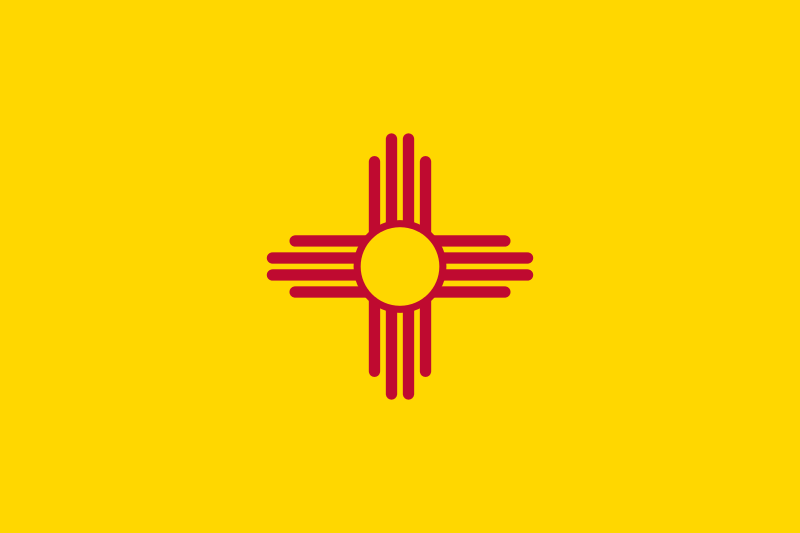 新墨西哥州
新墨西哥州

 建筑艺术
建筑艺术
 宗教
宗教
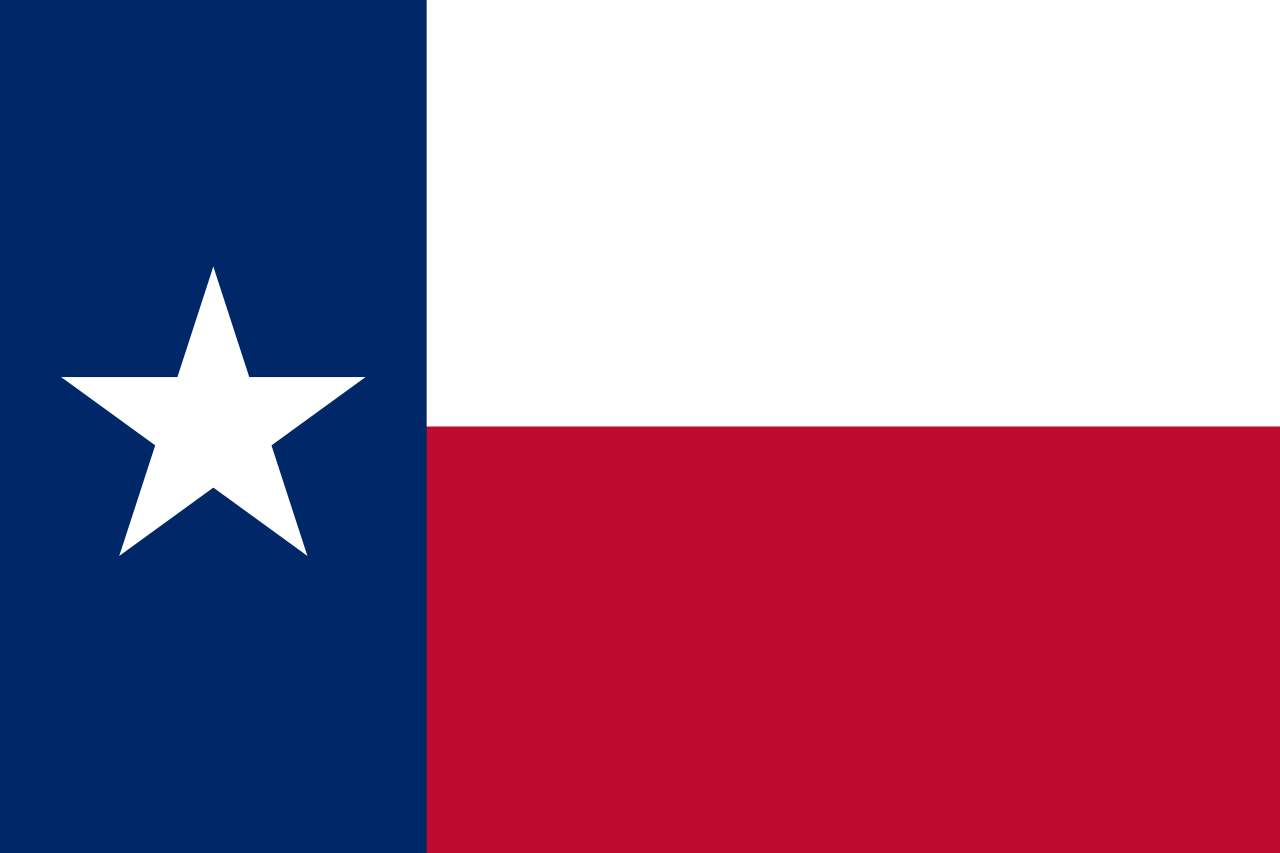 得克萨斯州
得克萨斯州

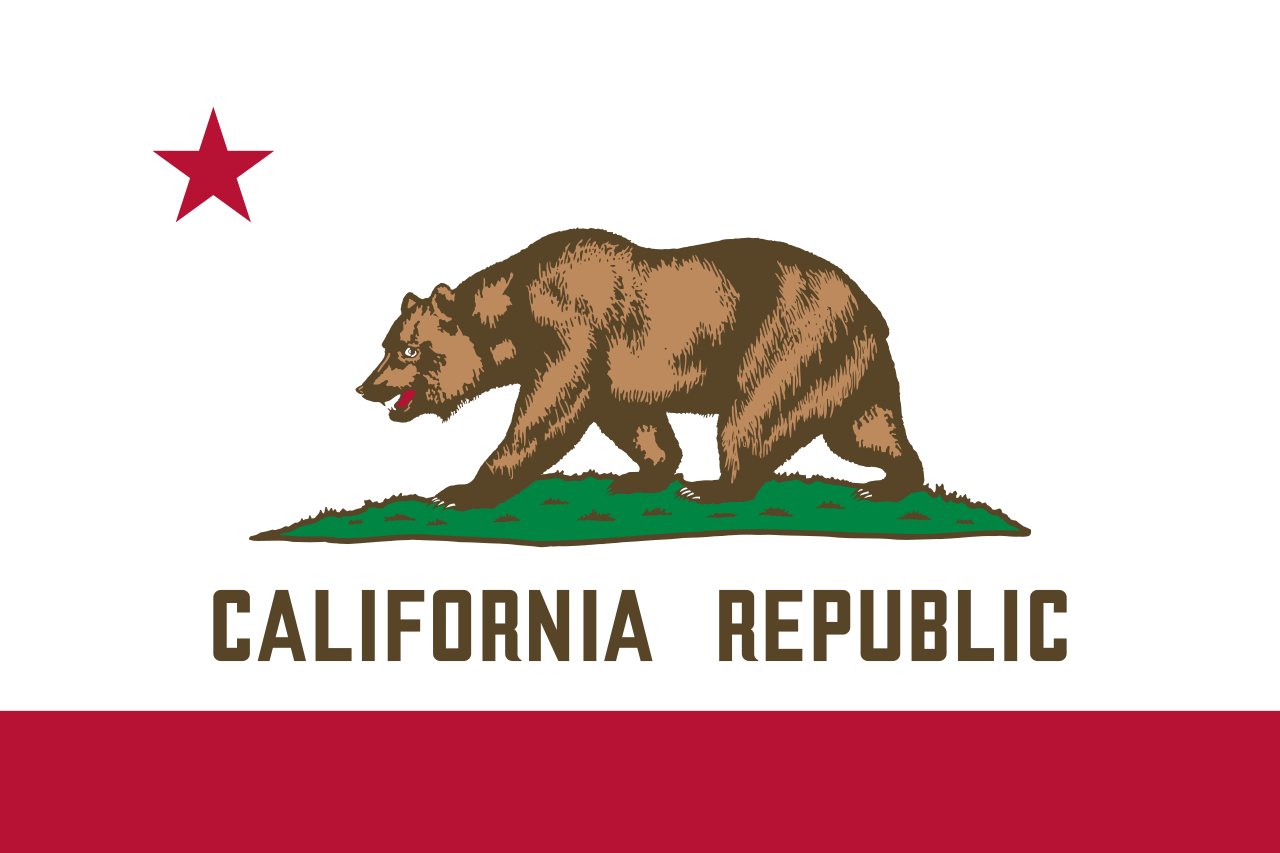 加利福尼亚州
加利福尼亚州
 历史
历史
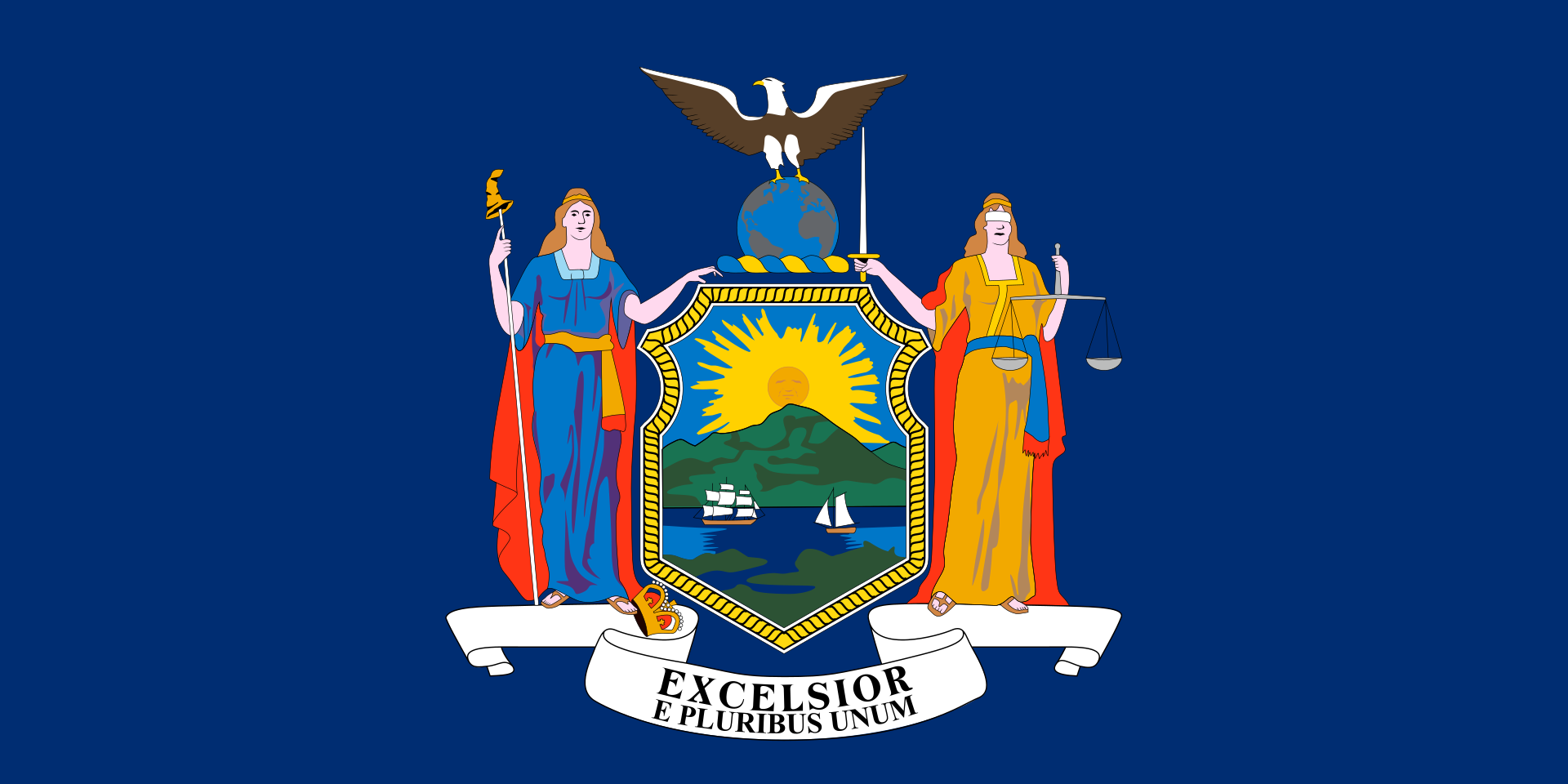 纽约州
纽约州


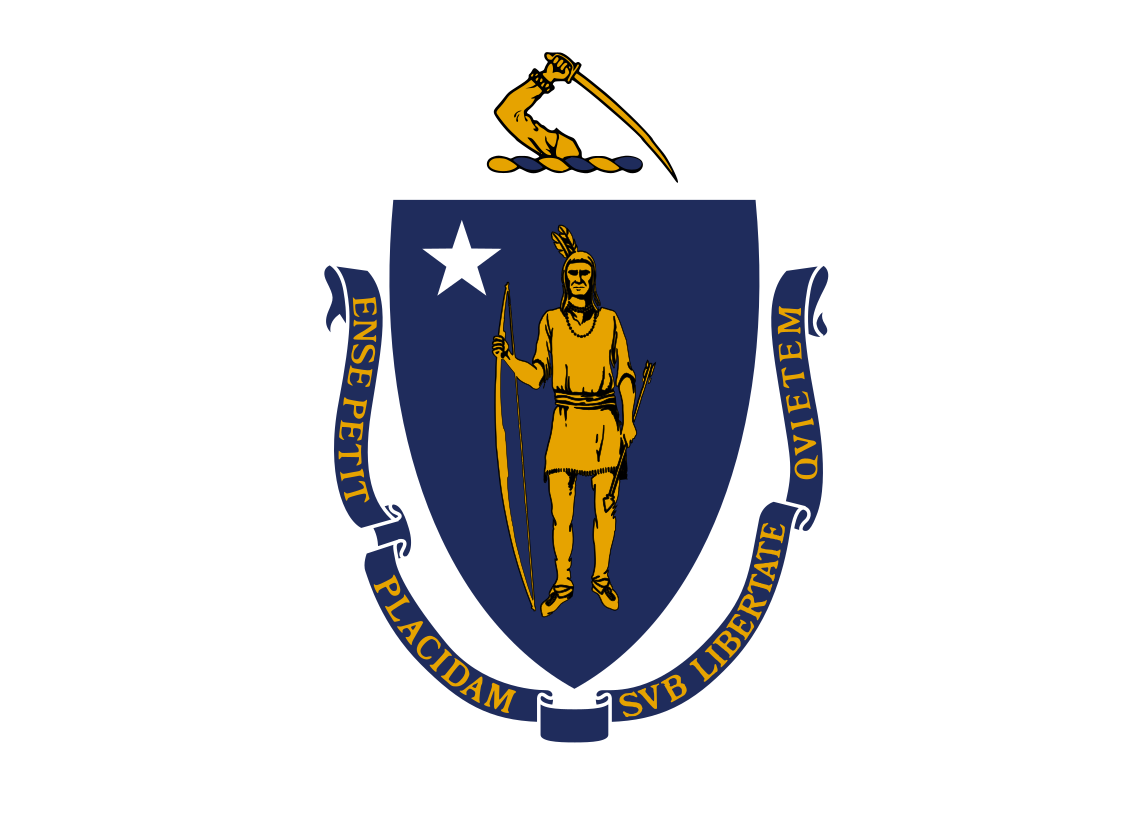 马萨诸塞州
马萨诸塞州

 地理
地理
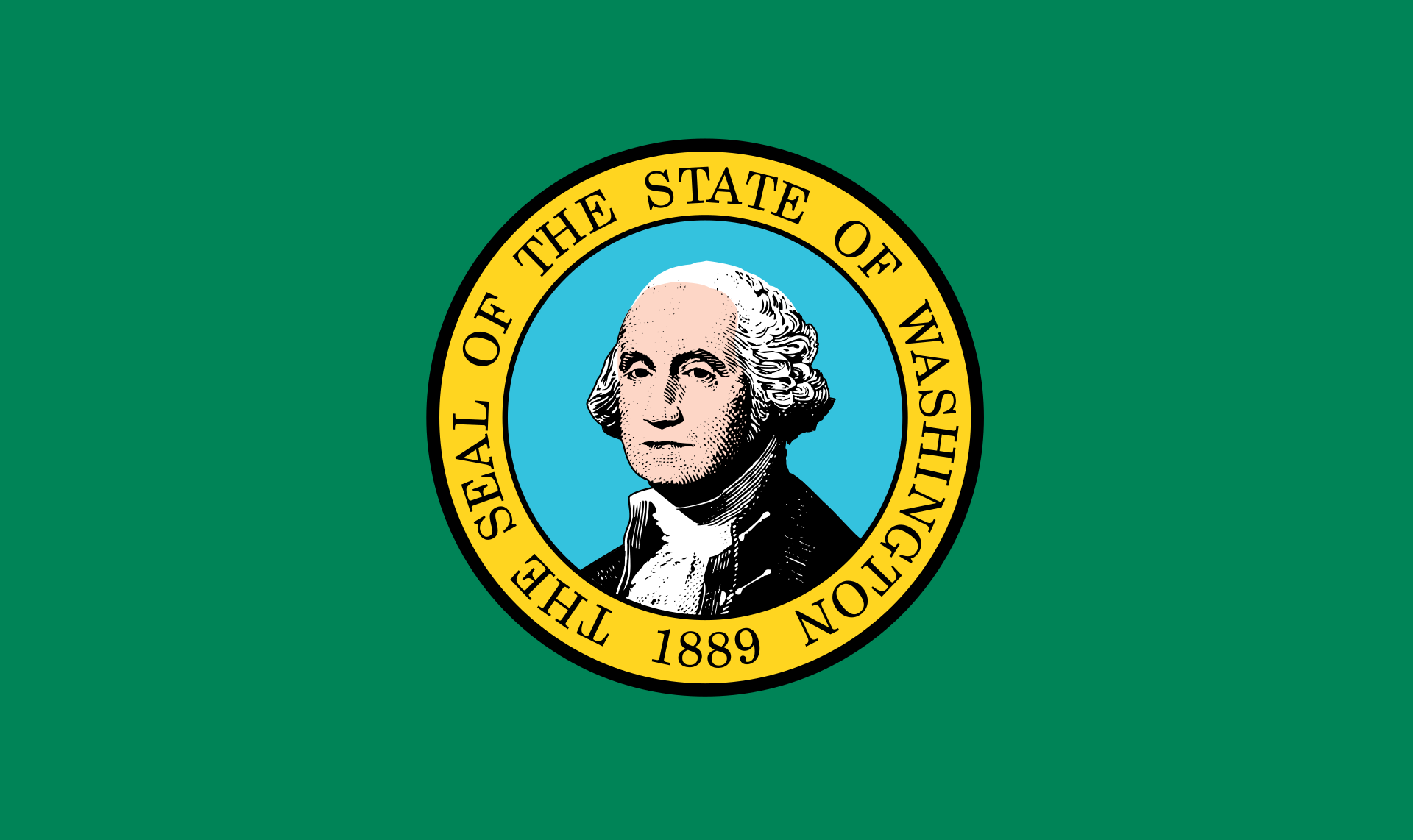 华盛顿州
华盛顿州
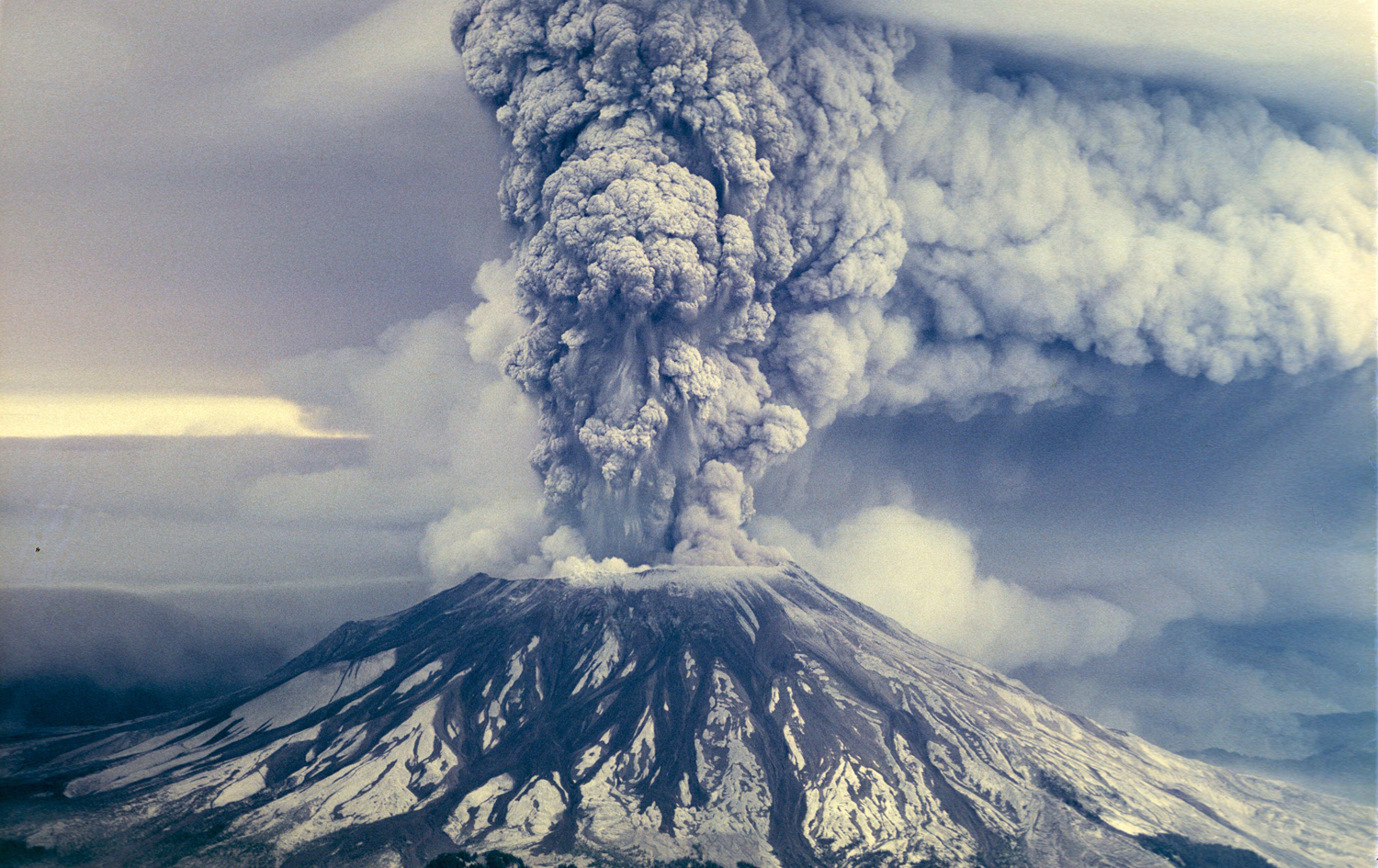
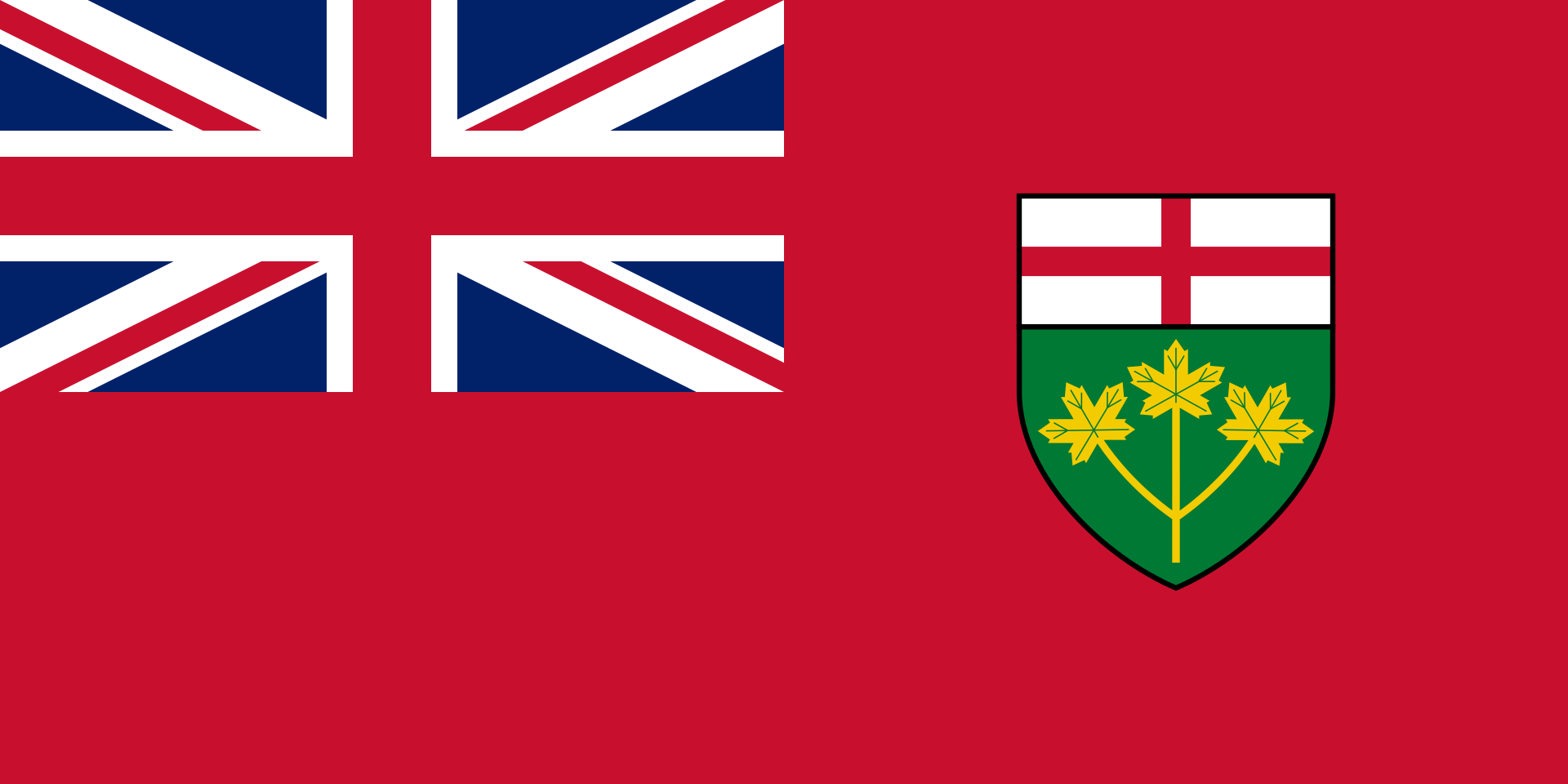 安大略
安大略
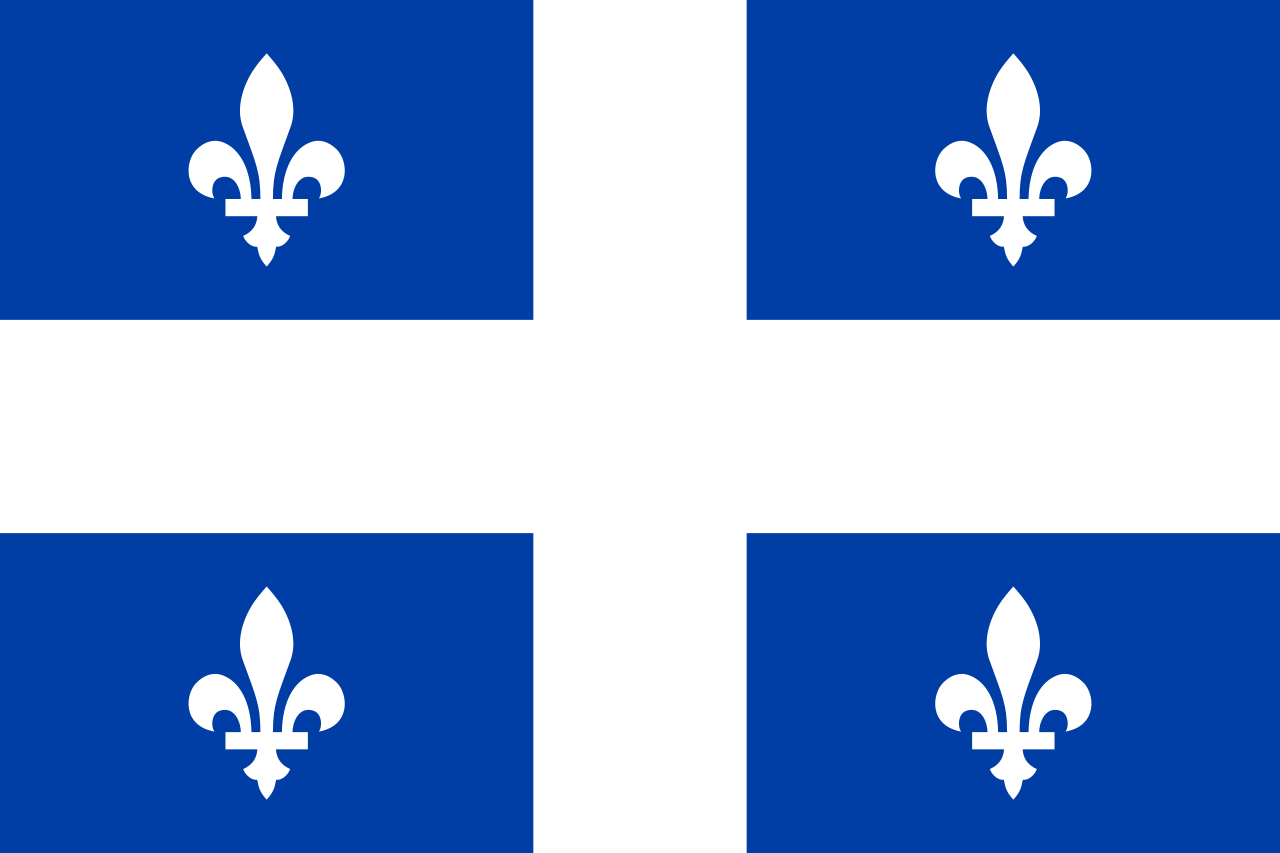 魁北克省
魁北克省
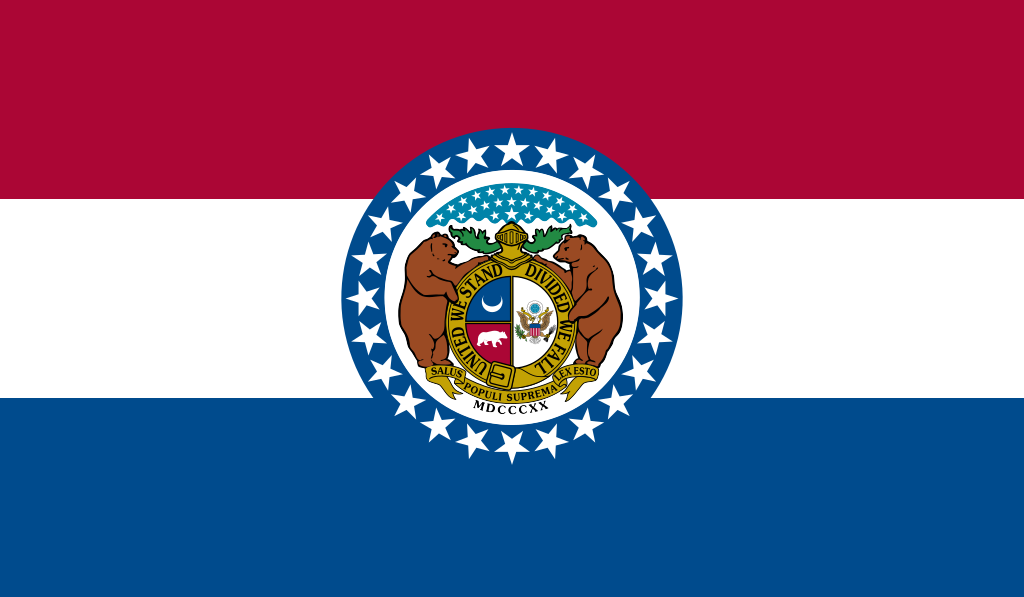 密苏里州
密苏里州
 科学技术
科学技术
 美国的大学
美国的大学

 音乐
音乐
